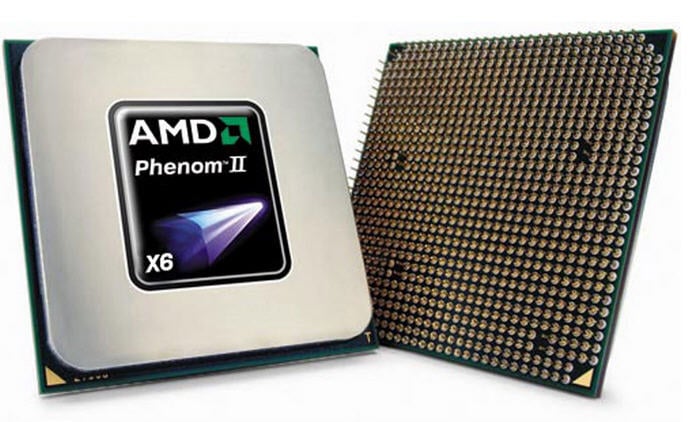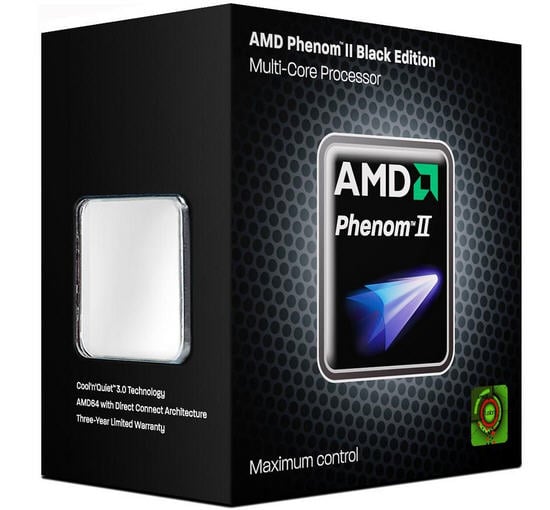There's an interesting discussion going on in this very forum, right now, right here, which poses the question: Which is best, an AMD or Intel Processor? The answer comes in the form of a rhetorical question, namely how long is a piece of string. That said, the real world consensus would appear to be, as it always has been, that Intel is generally faster but also more expensive.
At the risk of starting another Mac versus PC or Windows versus Linux debate, seeing as the latest AMD processor has recently dropped into my lap I thought it might be interesting to see just what the 'cheaper and slower' camp has to offer.
Right off the bat I think it's probably best to dismiss any thoughts of the Phenom II X6 1100T Black Edition as being either cheap or slow to be honest. At $239 it's certainly not an impulse buy (although when compared to Intel pricing the word 'bargain' does start flashing bright) and when a little tweaking can overclock this baby to 4GHz (which is a welcome boost on the standard internal clock rate of 3.3GHz and Turbo Core rating of 3.7GHz) it is no slouch either. I've heard of folk overclocking this to 4.2GHz without any problems, so it really can fly if you want to be ambitious.
Indeed, the Black Ops overclocking ability is one of the stand out features as far as I am concerned and a very good reason to consider buying this particular processor if you, like me, enjoy squeezing every last drop of power out of your systems without spending a penny more than you absolutely have to. Ramp the clock multiplier up from 16.5x to 17.5x and tweak the base clock to 230MHz and there really are few causes for complaint when it comes to the power:cost ratio. A 4GHz six-core processor for a couple of hundred bucks? Sounds good to me. Assuming, that is, you are going to be able to use that power. Gamers would probably do best to invest their hardware building budget on a cheaper CPU and more powerful GPU to be honest. Playing Crysis Warhead or Call of Duty 4 are good examples of this, where the Phenom II X6 1100T really adds nothing in terms of performance. Indeed, tests suggest that older (read cheaper) AMD Phenom CPUs performed better in terms of frames per second achieved.
Just as hardcore gamers already know it is all about the video card, so 3D image renderers and video editors know that CPU grunt matters. If you fall into the latter camp then the Phenom II X6 1100T Black Edition delivers the oomph required. Due diligence is therefore required before entering the CPU Black Ops arena, which means ensuring that the applications you will be using most will benefit from your processor choice. Intel, meanwhile, has a not so secret weapon: Hyper-Threading technology. This helps give it the edge over AMD in the pure performance battle. When both the OS and the applications you use think that your six-core CPU is actually a twelve-core CPU, courtesy of simulating an additional core for every real core the CPU has, it stands to reason that Intel is going to pretty much blow the competition out of the water. And, indeed, something like the six-core Intel Core i7-980X is far and away the speedier CPU when compared to the Phenom II X6 1100T 'Black Edition' and pretty much leads the pack in terms of performance: as it should when you consider it costs three times as much as the AMD offering.
But that's the Achilles' heel of the Intel CPU, it doesn't deliver three times the performance of the AMD and so falls behind in terms of the power:cost ratio.



